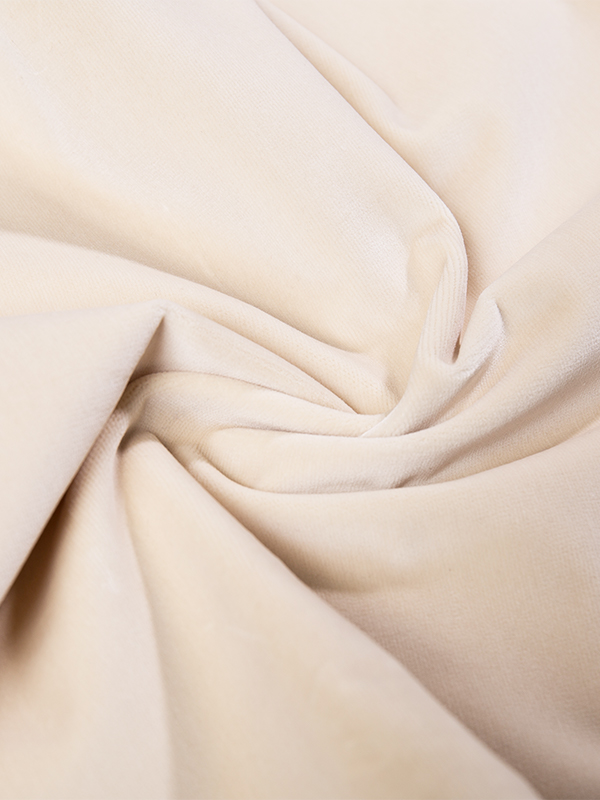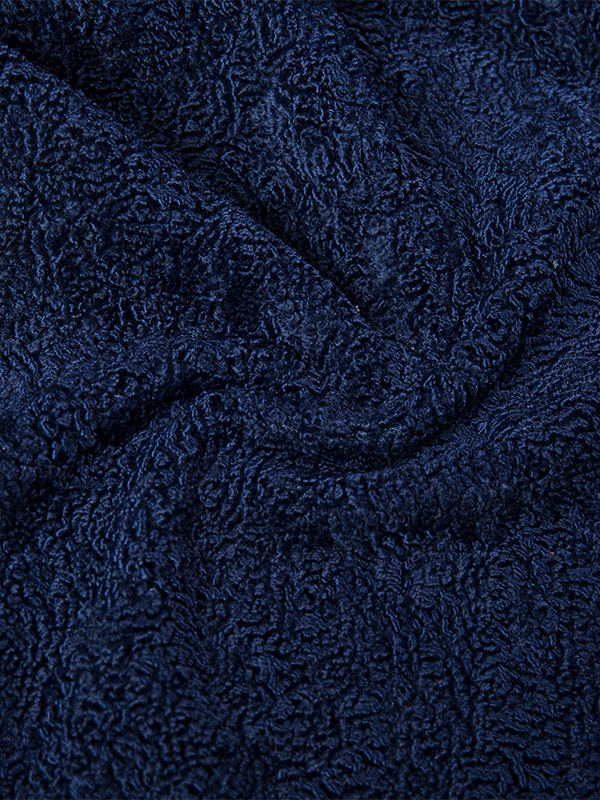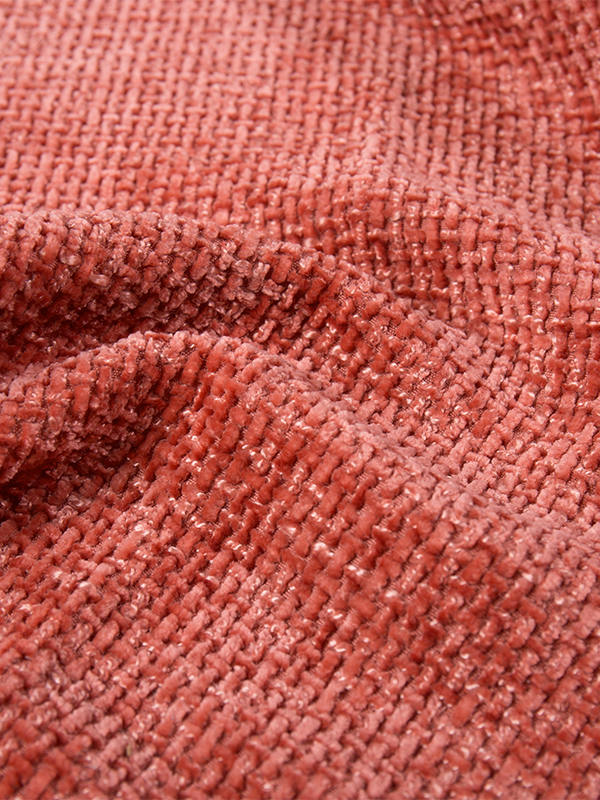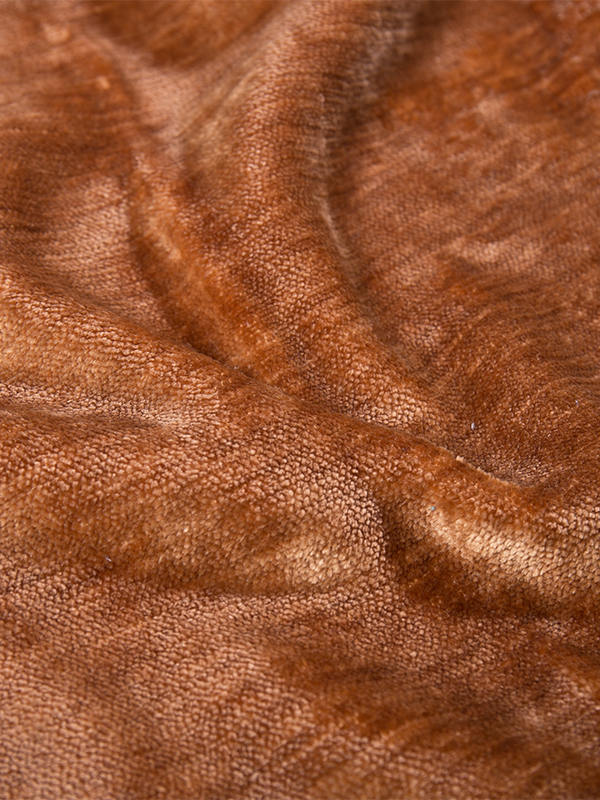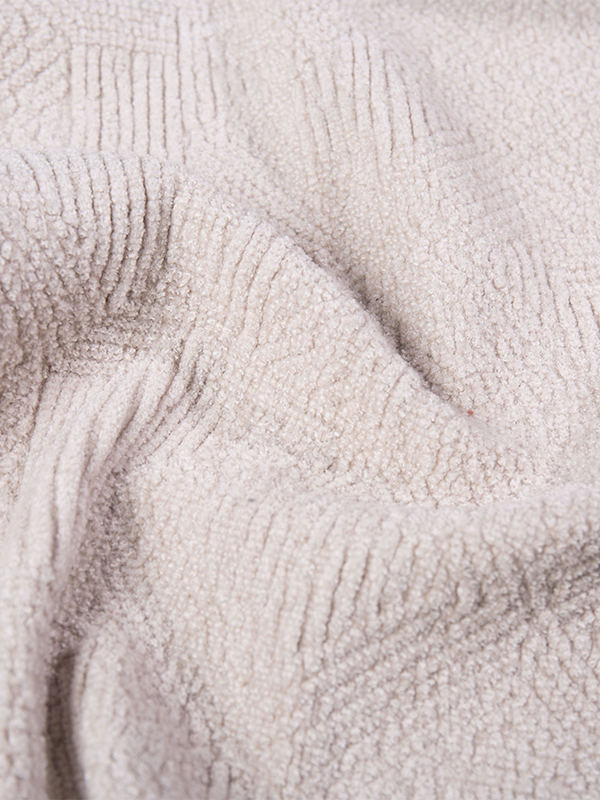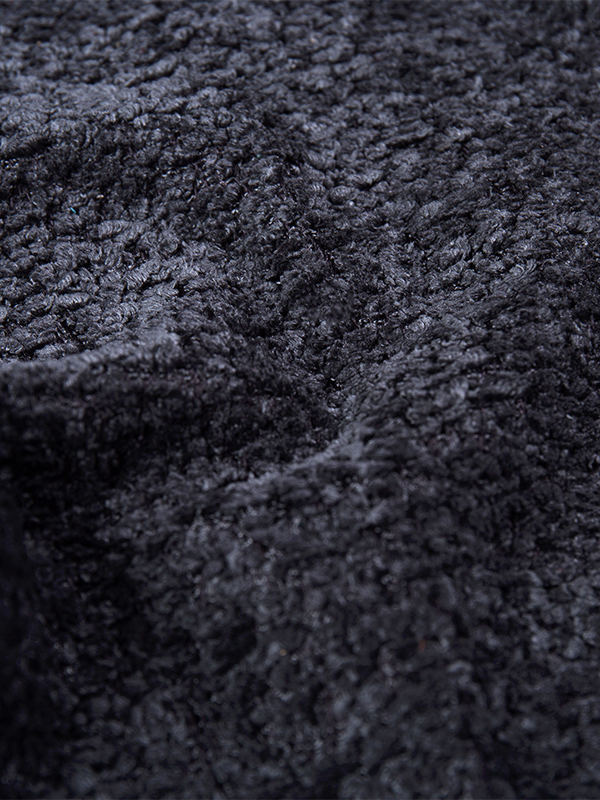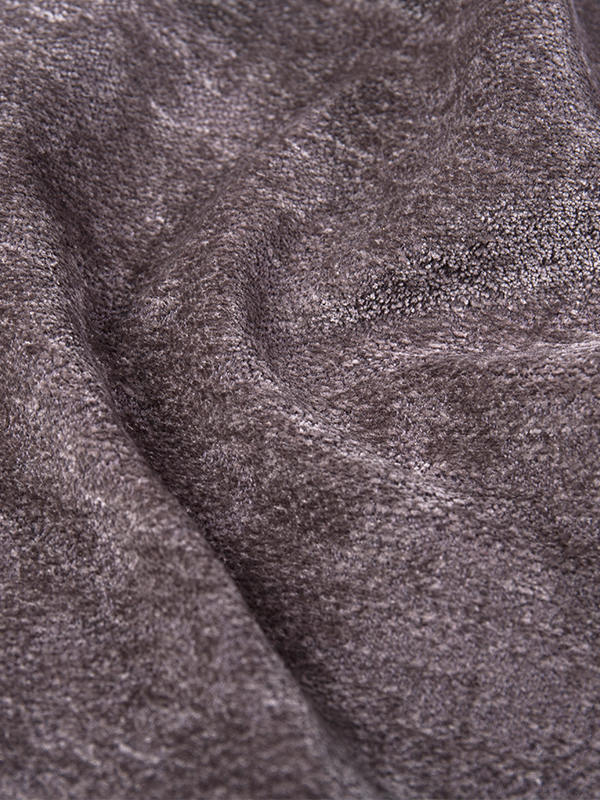Thin linen breathable textile fabric has gained increasing attention in recent years due to its blend of natural fiber qualities and advanced textile technology. This fabric combines the traditional benefits of linen with modern processing methods, resulting in a material that is lightweight, durable, and highly functional. Understanding the technological characteristics of thin linen breathable textile fabric is essential for manufacturers, designers, and consumers who seek fabrics that offer both comfort and performance.
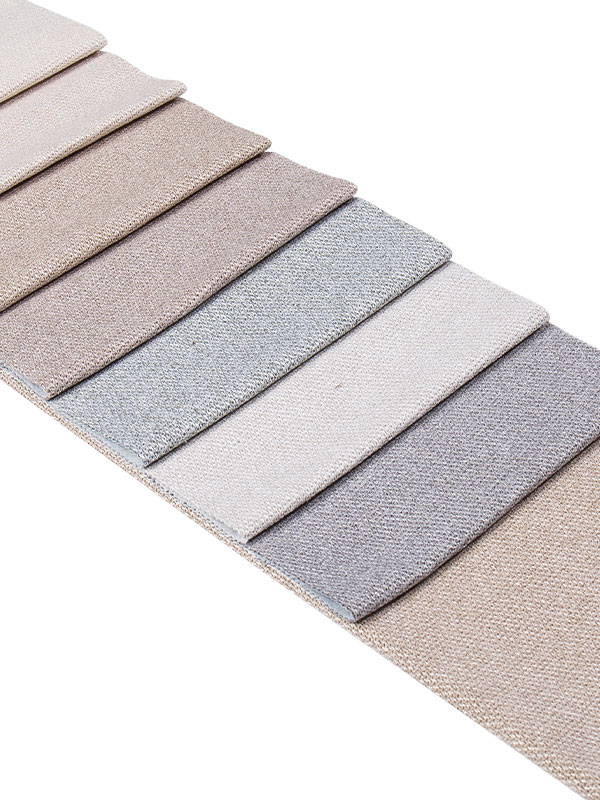
At its core, thin linen breathable textile fabric is made from flax fibers, which are known for their strength and natural breathability. Linen, derived from flax, has been used for centuries due to its ability to regulate temperature and wick moisture away from the body. What distinguishes thin linen breathable textile fabric is the refined processing that results in a fabric lighter than conventional linen, yet retaining key functional properties. The thinness of the fabric enhances air permeability, making it ideal for applications where ventilation and comfort are priorities.
The breathability of thin linen breathable textile fabric is one of its significant technological features. The fabric's open weave structure allows air to circulate freely, preventing heat buildup and promoting moisture evaporation. This quality makes it highly suitable for warm climates and activewear, as well as home textiles like curtains and upholstery where airflow is desired. Advanced weaving techniques used in producing thin linen breathable textile fabric ensure that while the fabric remains lightweight, it does not sacrifice strength or durability.
Another important technological characteristic of thin linen breathable textile fabric is its moisture-wicking ability. The natural flax fibers in the fabric absorb moisture quickly and release it efficiently, keeping the wearer or the environment dry. This property is enhanced by the fabric's thinness, which accelerates evaporation. For this reason, thin linen breathable textile fabric is preferred in applications where moisture management is critical, such as summer clothing and bedding materials. The fabric's capacity to maintain dryness also helps reduce bacterial growth, contributing to a fresher and more hygienic product.
In terms of durability, thin linen breathable textile fabric benefits from the inherent strength of flax fibers combined with modern finishing techniques. Although thinner than traditional linen fabrics, it maintains considerable tensile strength and abrasion resistance. This makes it suitable for uses beyond apparel, including upholstery and lightweight curtains, where a balance of durability and comfort is required. Technological advances in fiber treatment and fabric finishing contribute to enhancing the fabric's longevity without compromising its thin, breathable nature.
Comfort is another key aspect influenced by the technological properties of thin linen breathable textile fabric. The fabric's natural softness is amplified by the thin weave, providing a smooth and pleasant hand feel. Unlike heavier linen fabrics, thin linen breathable textile fabric drapes easily, making it an attractive choice for garments and home furnishings that require fluidity. Its low weight also reduces fabric bulk, which is a desired feature in contemporary fashion and interior design. Furthermore, the fabric's hypoallergenic properties make it suitable for sensitive skin, a feature increasingly valued in textile products.
Environmental considerations are also part of the technological profile of thin linen breathable textile fabric. Linen is a renewable resource with a relatively low environmental footprint, and the production of thin linen breathable textile fabric often incorporates eco-friendly practices. Modern spinning and weaving technologies minimize waste and reduce energy consumption. Additionally, the fabric's durability means that products made from thin linen breathable textile fabric tend to have a longer lifespan, reducing the need for frequent replacement and contributing to sustainability.
The dyeing and finishing processes for thin linen breathable textile fabric have also evolved with technology. Advanced dyeing methods allow for vibrant, colorfast finishes without damaging the fabric's delicate structure. Some manufacturers apply treatments to improve wrinkle resistance or stain repellency while maintaining breathability and softness. These enhancements expand the range of applications for thin linen breathable textile fabric, making it suitable for both casual and formal uses.

 English
English 中文简体
中文简体 русский
русский عربى
عربى Español
Español